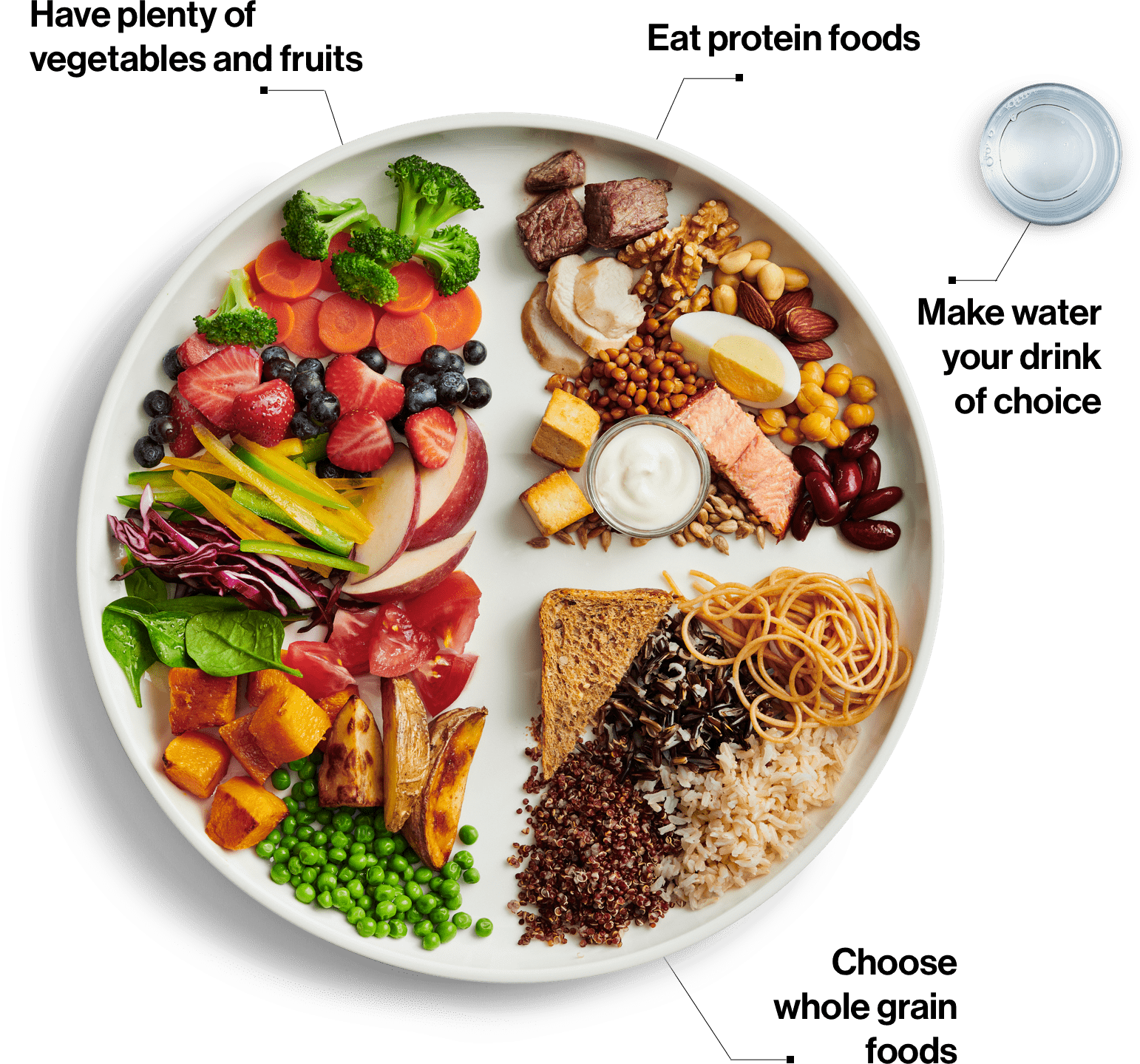Using the 2020 Canada Food Guide to Improve your School Lunches

Since 1942, the Canadian government has published nutritional recommendations. Originally written as a detailed prescription to ensure wartime Canadians were properly fed during the food shortages of World War II, over the years the food guide has expanded its focus. Not only does it recommend the right types of food for us to eat, but also how we can modify our eating behaviours to have a healthier diet.
What is the Food Guide recommending?
Eat a variety of healthy foods each day
- Have plenty of fruits and vegetables
- Eat protein foods
- Make water your drink of choice
- Choose whole grain goods
Healthy eating is more than the foods you eat
- Be mindful of your eating habits
- Cook more often
- Enjoy your food
- Eat meals with others
- Use food labels
- Limit foods high in sodium, sugars or saturated fats
- Be aware of food marketing
How does this translate to school lunches?
Obviously, the ideal school lunch is one that includes a variety of healthy foods that cuts out any highly processed ingredients. In real life, it’s not always possible to achieve. You need to balance what is healthy with what is practical. You can make the healthiest lunch imaginable, but if it goes uneaten, it is a failure.
So given that we understand we’d like to make nothing but healthy lunches all the time, here are 4 things we can realistically do to make our school lunches healthier.
Variety, variety, variety
Trying to switch your kids to organic quinoa overnight is a tough ask, so sprinkle some in with other food you know they like. Including a variety of different foods in a packed lunch gives your kids a sense of control over what they eat, while introducing them to different foods in a non-threatening, low consequence way. Eventually you can remove some of the more unhealthy options to gradually improve the nutritional value of the lunch.
Whole grains
Although kids may groan at first, getting away from white bread or white rice and moving to the much healthier whole-grain versions is a good move. Fairly soon they won’t even notice the difference, but their bodies will. And when you make the decision at the grocery store to buy whole grain, the decision’s been made for the whole family. It simply becomes the new “bread”.
Cook more
This is hard, we know. But it can make such a huge difference in the nutritional value of a lunch. Leftovers are your friend, here. When planning dinners for the family, try to think ahead to the next day and choose recipes that will pack well as school lunches. By doubling up like this, cooking more may actually reduce the amount of time you need to spend on preparing lunches.
Water
This is probably the easiest changes you can make to your school lunches. Cut out juice boxes and sodas and ensure your child has a good quality reusable water bottle. It’s cheaper, healthier and better for the environment!
See the official guide here: [2020 Canada’s Food Guide] (https://food-guide.canada.ca/en/)